Discover the key differences between ponzu and soy sauce, their unique flavors and uses, and how to use them in Japanese cuisine.
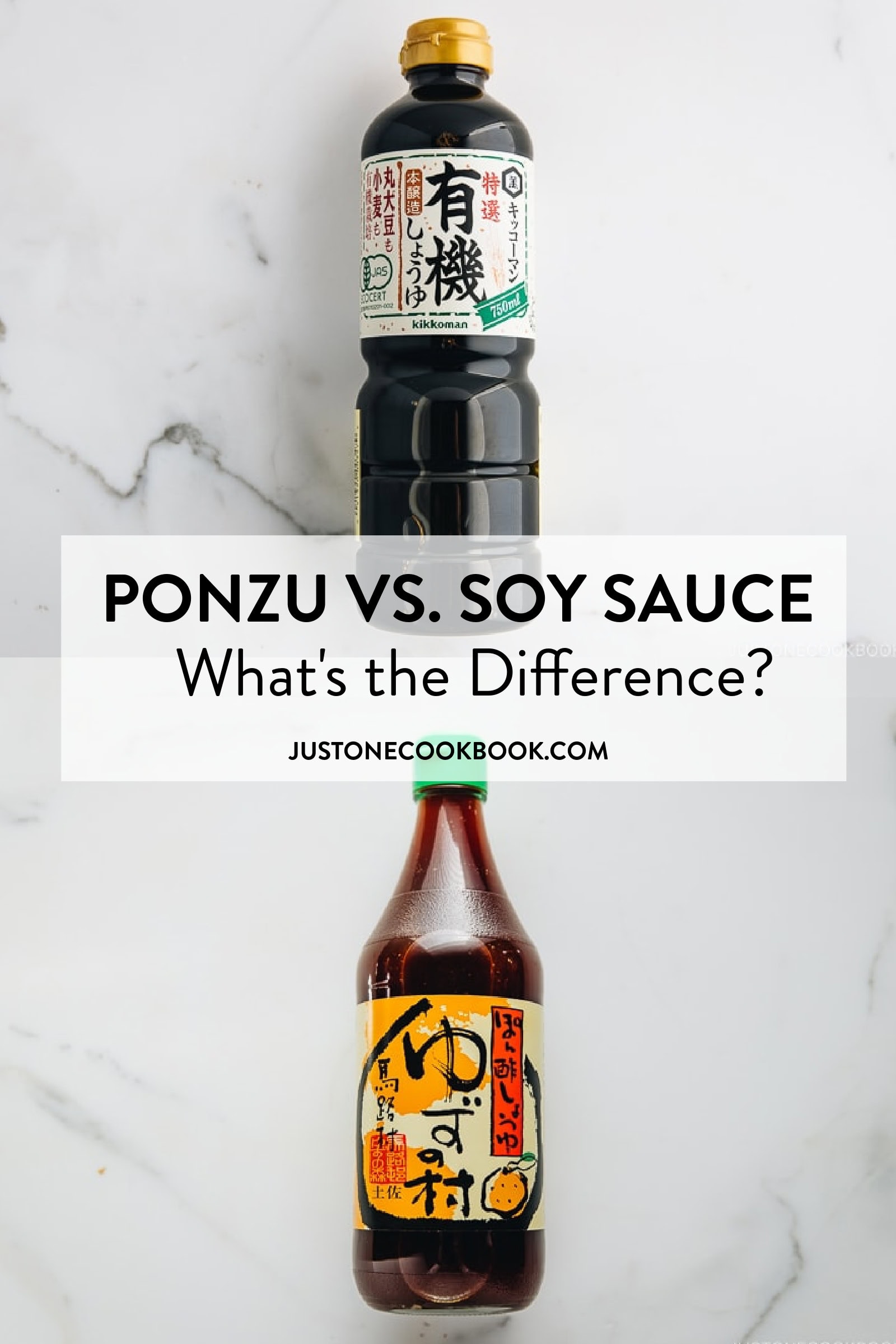
Ponzu and soy sauce are essential condiments in Japanese cuisine, each offering unique flavors and uses.
Discover their key differences, distinct taste profiles, and the best ways to incorporate them into Japanese cooking.
If you love making sauces from scratch, try Nami’s Homemade Ponzu Sauce and Yuzu Ponzu recipes!
What is Soy Sauce?
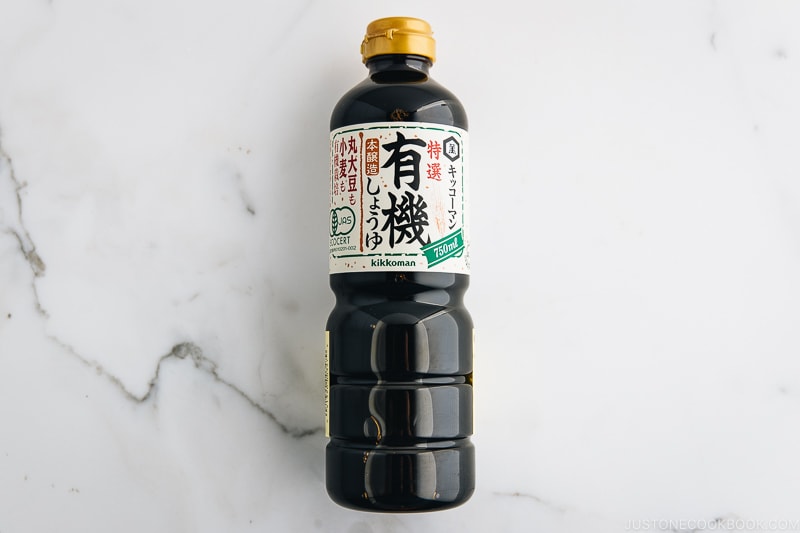
Soy sauce, or shoyu (醤油) in Japanese, is a fundamental, all-purpose condiment in Japanese cooking. Made from fermented soybeans, wheat, water, and salt, it adds depth, umami, and color to dishes without overpowering them.
Think of soy sauce as essential as salt—it enhances flavors, seasons ingredients, and can be used both during cooking and as a condiment at the table. Japanese cuisine simply isn’t complete without it!
Important: Japanese soy sauce differs from other varieties. Learn more on our Japanese Soy Sauce page.
What is Ponzu Sauce?
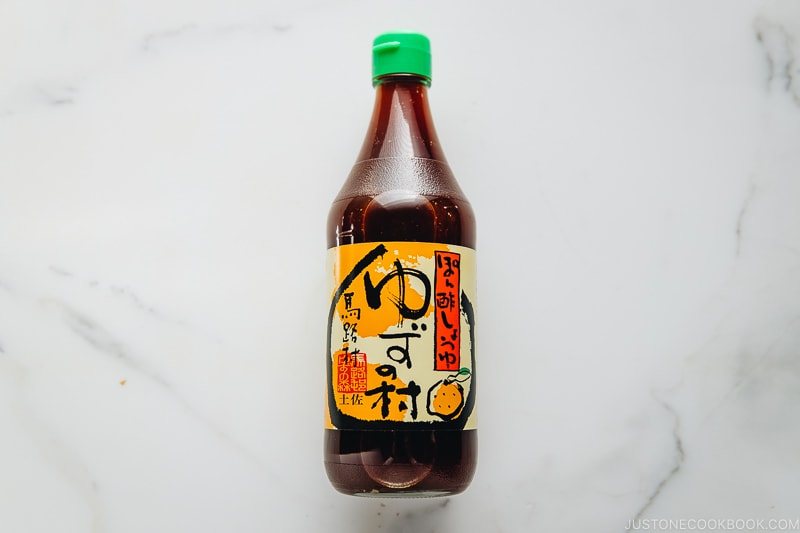
Ponzu, also known as Japanese citrus dipping sauce, is a tangy and zesty cousin of soy sauce, with a refreshing addition of citrus. At first taste, you’ll immediately notice the bright, citrusy sweetness that defines the sauce.
Originally, ponzu was made with citrus juice (such as yuzu, sudachi, or kabosu) and a touch of rice vinegar, without soy sauce.
Today, ponzu typically refers to ponzu shoyu, a variation made by combining Japanese citrus juices, soy sauce, sugar or mirin, katsuobushi (dried bonito flakes), and kombu.
Thanks to its distinctive citrus flavor, ponzu is often used as a finishing sauce, marinade, dipping sauce, or salad dressing, bringing a refreshing kick to many dishes.
Key Differences
Flavor Profile
- Both ponzu and soy sauce add umami to dishes, but their flavors differ in intensity and complexity.
- Soy sauce is all about rich, savory umami, with the first taste hitting your tongue as sharp and salty.
- Ponzu delivers a lighter, refreshing taste with a citrusy tang.
Ingredients
- Soy sauce is made from simple ingredients: soybeans, wheat, and salt.
- Ponzu enhances the flavor with citrus juice and often includes a hint of vinegar or dashi for extra depth.
Heat Resistance
- Soy sauce handles heat exceptionally well, making it ideal for cooking at any stage.
- Ponzu is less heat-resistant due to its citrus juice base. To preserve its flavor, it’s best to add ponzu at the very end of cooking or serve it over the ingredients without cooking.
When to Use Which
Best Uses for Soy Sauce

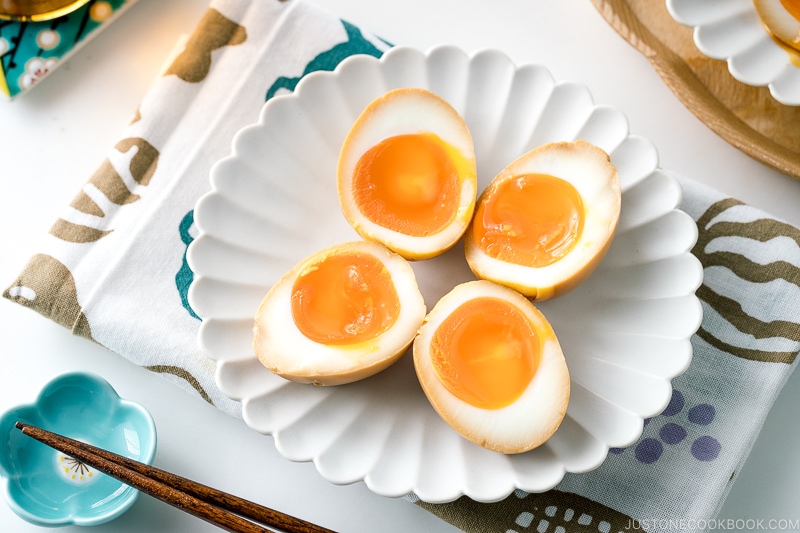
In Japanese cuisine, soy sauce is the all-purpose MVP, providing the essential umami foundation for flavor. Just like salt, it’s incredibly versatile, perfect for marinades, stir-fries, soups, and simmer dishes, where it adds rich umami. It works as a dipping sauce for sushi, a seasoning for rice dishes, vegetables, and eggs, and a base for savory-sweet glazes for meats and vegetables.
Here are some classic examples of how Nami uses soy sauce in her recipes. We don’t recommend substituting ponzu for these dishes, as its strong citrus flavor would overwhelm and drastically change the final taste.
- Chicken Teriyaki
- Ramen Eggs (Ajitsuke Tamago)
- Beef Udon (Niku Udon)
- Japanese Fried Rice (Yakimeshi)
Best Uses for Ponzu
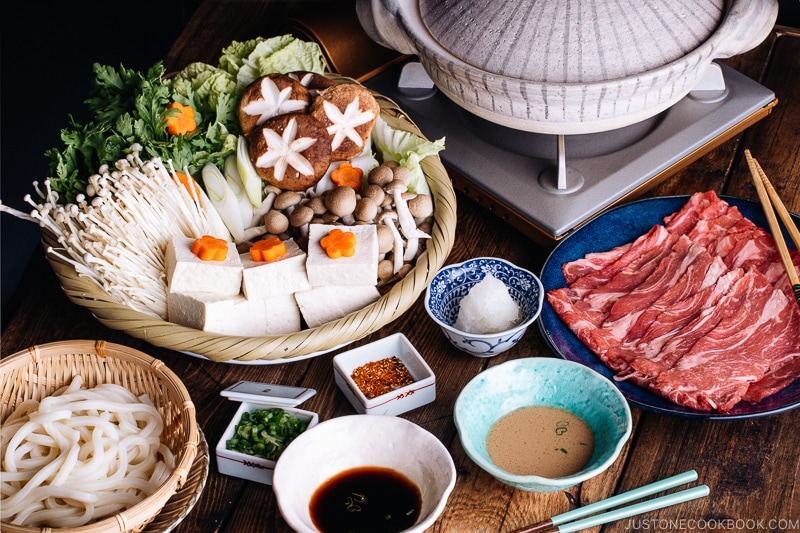
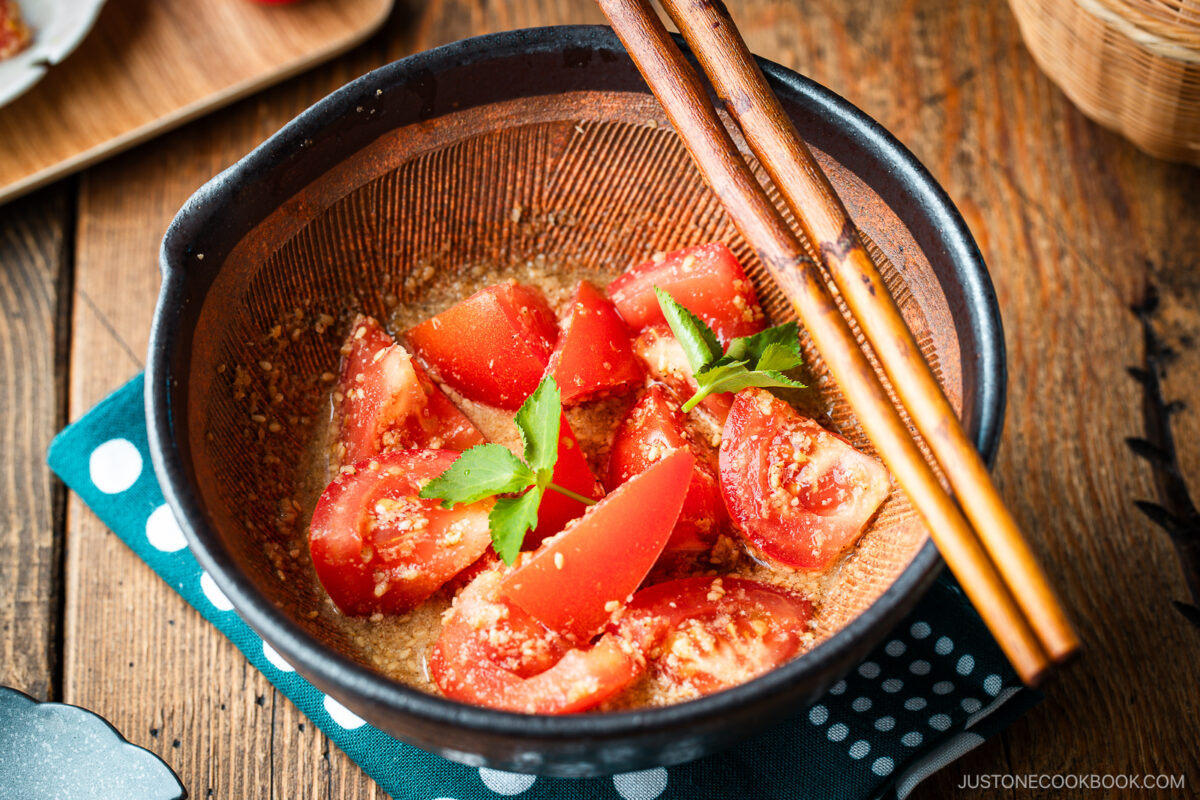
Ponzu shines as a finishing touch or dipping sauce, delivering a refreshing burst of citrus.
Its zesty flavor is perfect for fish, seafood, sashimi, carpaccio, tempura, and dumplings. We also love mixing ponzu with sesame oil to create a vinaigrette for salads, grilled meats, fish, and vegetables.
Here are some ways Nami uses ponzu:
- As a dipping sauce: Shabu Shabu, Mille-Feuille Nabe
- As a dressing: Japanese Kani Salad, Tomato Salad with Sesame Ponzu
Can I Substitute One for the Other?
If a recipe calls for soy sauce, stick with soy sauce, as using ponzu may alter the authentic taste. However, depending on the dish, substituting soy sauce with ponzu can work for recipes like salad dressings—just use your judgment!
On the contrary, if you only have soy sauce and a recipe calls for ponzu, you can quickly substitute by mixing a splash of citrus juice (lemon, lime, or orange) with soy sauce and rice vinegar.

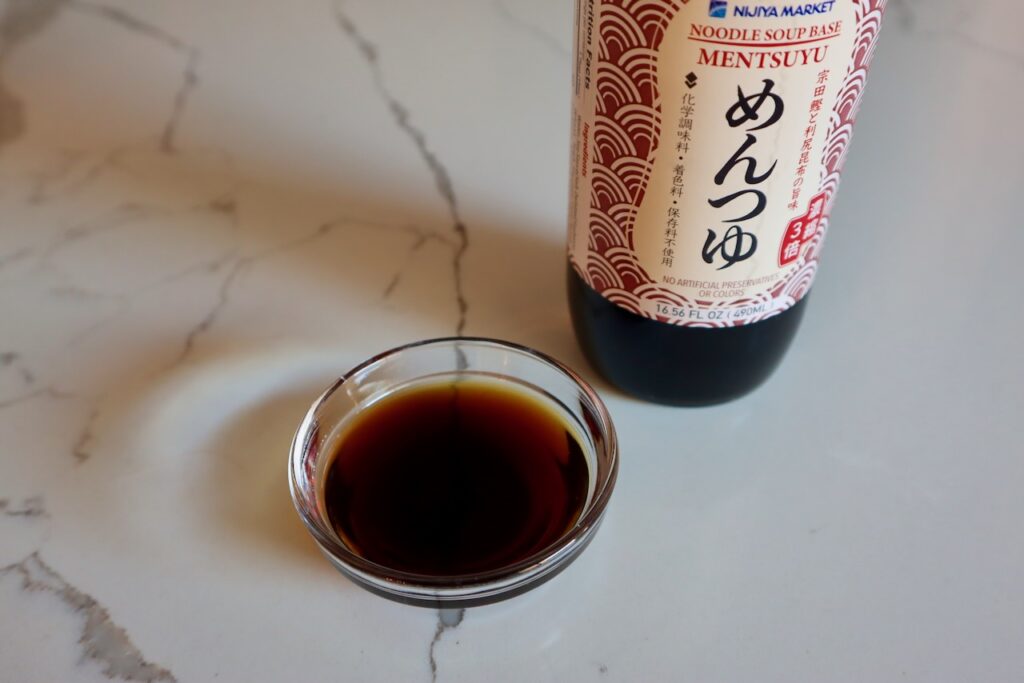

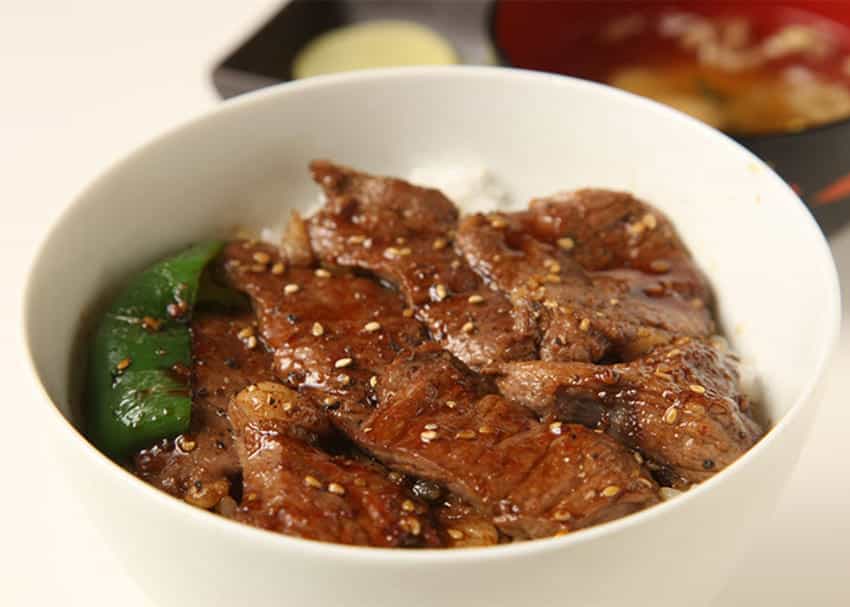
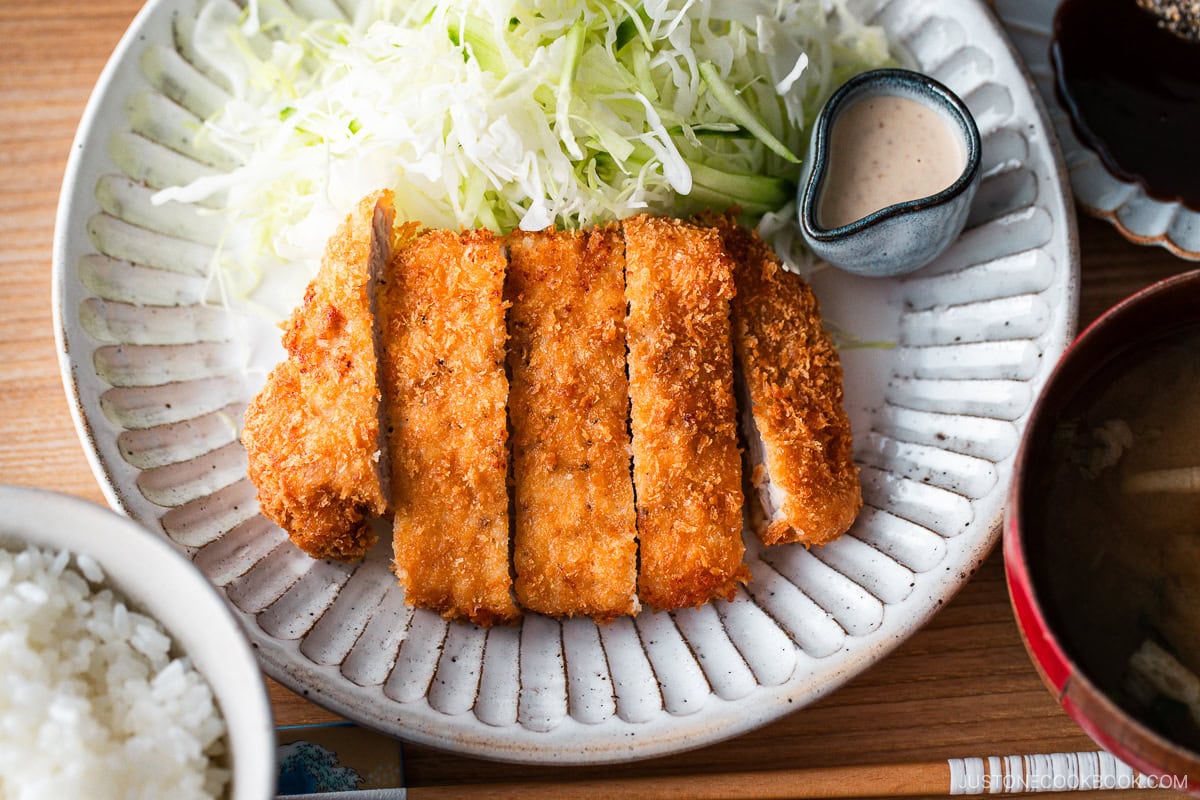
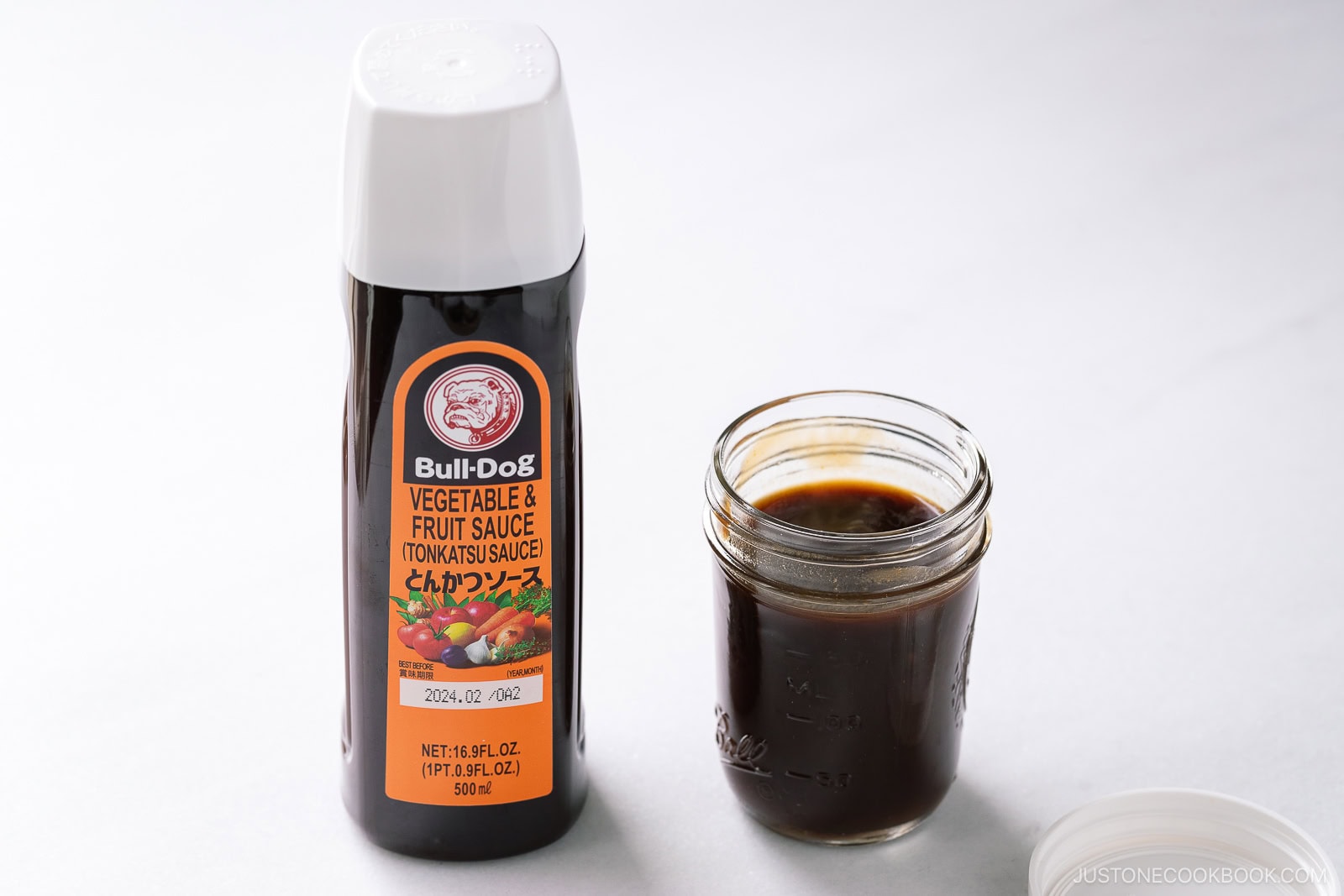





 English (US) ·
English (US) ·